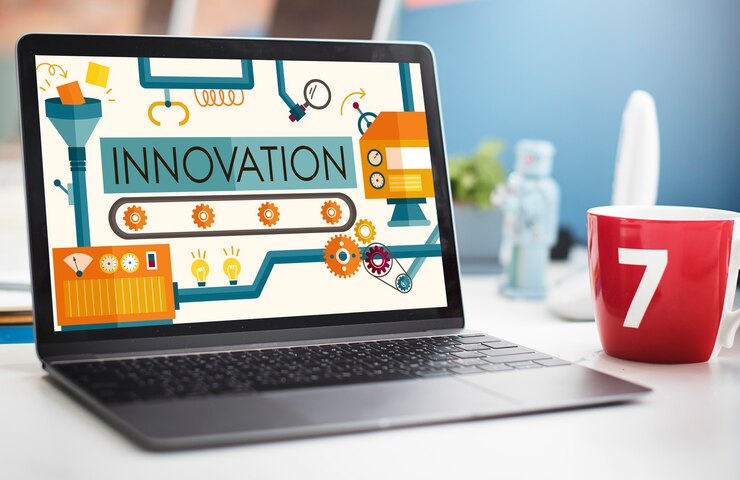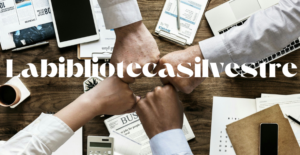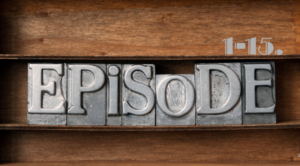Övrrsätt: Bridging Language Gaps in the Digital Age
In today’s globalized world, effective communication across different languages is more crucial than ever. The keyword “övrrsätt” points to the Swedish word for “translate,” highlighting the importance of translation in bridging cultural and linguistic gaps. With the rise of digital technology, translation has become more accessible and sophisticated, playing a key role in fostering global connections.
The Role of Translation in Modern Society
Translation is the process of converting text or speech from one language to another, ensuring that the original meaning and context are preserved. In an increasingly interconnected world, translation serves several vital functions:
Cultural Exchange: Translation allows for the sharing of literature, art, and media across different cultures, promoting understanding and appreciation of diverse perspectives.
Business Communication: For companies operating on an international scale, accurate translation is essential for marketing, övrrsätt customer service, and negotiations, helping to avoid misunderstandings and build trust with global partners and clients.
Education: Translation makes educational resources available to a wider audience, enabling students and researchers to access information in their native languages.
Legal and Medical Services: In critical fields like law and medicine, precise translation can be a matter of life and death, ensuring that important documents and instructions are correctly understood.
Advancements in Translation Technology
The digital age has brought significant advancements in translation technology, making it easier to overcome language barriers. Key developments include:
Machine Translation: Tools like Google Translate and DeepL use artificial intelligence to provide quick translations for a wide range of languages. While not perfect, these tools are continually improving and can be extremely useful for everyday communication.
Neural Networks: Advanced AI models, particularly neural networks, have enhanced the accuracy and fluidity of translations, making them more contextually relevant and natural-sounding.
Translation Apps: Mobile apps provide on-the-go translation services, allowing users to translate text, speech, and even images in real-time. These apps are invaluable for travelers, expatriates, and multilingual professionals.
Collaborative Platforms: Online platforms like Gengo and Unbabel connect businesses with professional translators, combining human expertise with machine efficiency to deliver high-quality translations.
Challenges in Translation
Despite technological advancements, translation still faces several challenges:
Nuances and Context: Capturing the subtle nuances and context of the original language can be difficult, especially with idiomatic expressions and cultural references.
Accuracy: Ensuring that translations are accurate and faithful to the source material is critical, particularly in technical, legal, and medical fields.
Language Evolution: Languages are constantly evolving, with new words and phrases emerging. Keeping translation tools and databases up-to-date is an ongoing challenge.
The Future of Translation
The future of translation looks promising, with ongoing innovations set to address current challenges and expand the possibilities of cross-linguistic communication:
Improved AI: Continued advancements in AI and machine learning will enhance the accuracy and contextual understanding of translation tools, making them even more reliable.
Real-Time Translation: As real-time translation technology improves, we can expect more seamless and instantaneous communication across languages, both in written and spoken forms.
Integration with Augmented Reality (AR): AR could provide immersive translation experiences, overlaying translated text and speech onto the physical world in real-time, enhancing interactions in multilingual environments.
Cultural Sensitivity: Future translation tools will likely place greater emphasis on cultural sensitivity, ensuring that translations not only convey the correct meaning but also respect cultural nuances and practices.
Conclusion
Övrrsätt, or translation, is a vital component of our global society, enabling communication and understanding across language barriers. With the rapid advancements in digital technology, the field of translation is continually evolving, promising even more accurate, efficient, and culturally aware solutions in the future. As we move forward, the importance of translation in fostering global connections and mutual understanding will only continue to grow.














Post Comment